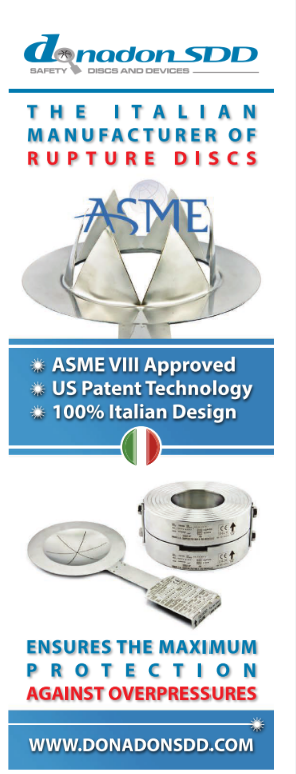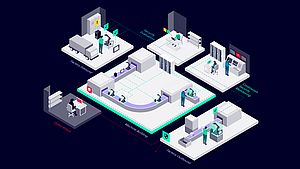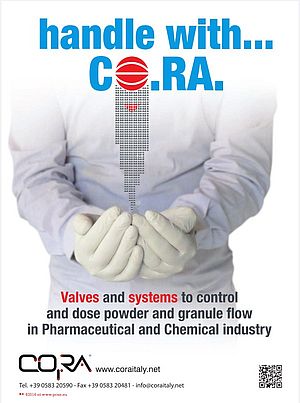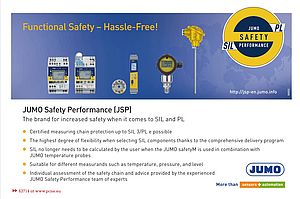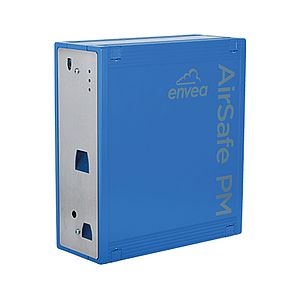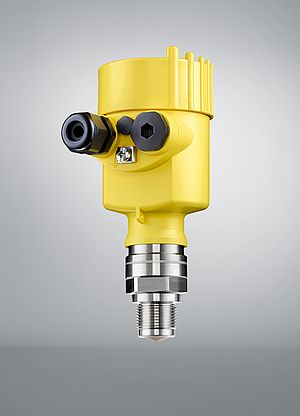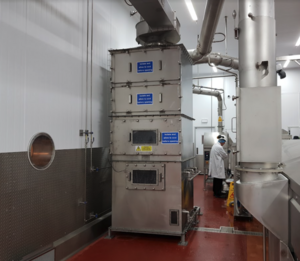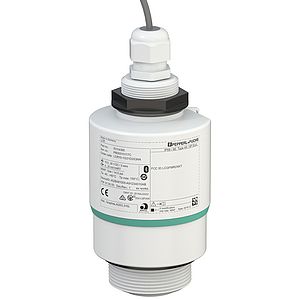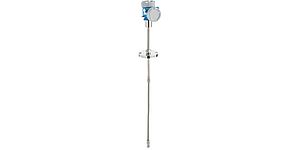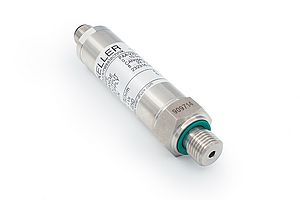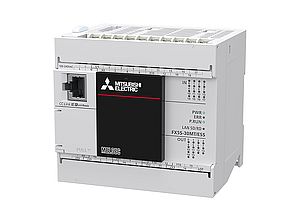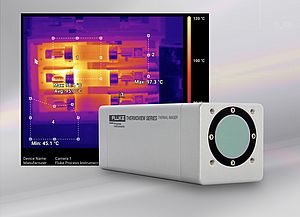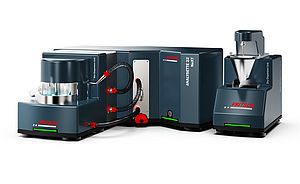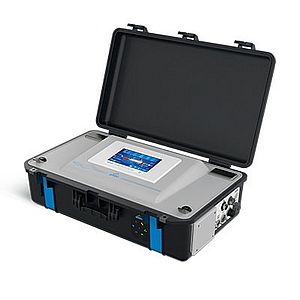The use of collaborative robots or "cobots" is on the rise in the pharmaceutical industry. Pharmaceutical application takes up around 0.05% of the total medical robot market size. Valued at USD 553 million, the pharmaceutical robotic market is forecasted to grow at 15.7% CAGR to reach USD 2 billion by 2030. In hospital settings, pharmacy robots are often included under the category of hospital logistic robots. According to a report by Next Move Strategy Consulting, pharmaceutical and laboratory robots together accounted for 60% of the total hospital logistic robot a report by Next Move Strategy Consulting.
Programmed for more flexibility
Traditional industrial robots accounted for around 70% of the total robotic fleet in the pharma industry. Collaborative robots, however, are beginning to take their place in the pharmaceutical robotic market with a 14% growth rate, surpassing traditional robots' 9.8% CAGR.
Collaborative robots are sought-after for their smaller size, flexibility in programming for different kinds of tasks, and precision, making them ideal for the highly regulated pharmaceutical industry. These robots are designed to work alongside humans, either to assist and speed up operations or to carry out menial tasks, allowing humans to focus on other areas such as research and development.
Minimizing risks of contamination
Cobots in the pharmaceutical industry are mainly used for dispensing medicines, assembling pharmaceutical devices, packaging and palletizing, and quality inspection. They can identify different types of medicines, recognize pills of different sizes and weights, read barcodes, select and dispense the correct medicines to the right container, and perform precise, high-speed pick-and-place functions to assemble small items. Cobots can also lift and move items for packaging and palletizing tasks while minimizing the risk of contamination.
The pharmaceutical robotic market is projected to grow at a CAGR of 15.7% to reach USD 2 billion by 2030. The COVID-19 pandemic has accelerated the adoption of robots in the pharma industry, enabling companies to overcome labor shortages. The use of cobots is expected to continue to rise, driven by the growing focus on automation to reduce labor costs, the lack of skilled individuals in the field, and increased demand for specialty drug dispensing that requires more complicated techniques compared to traditional prescription drugs.















